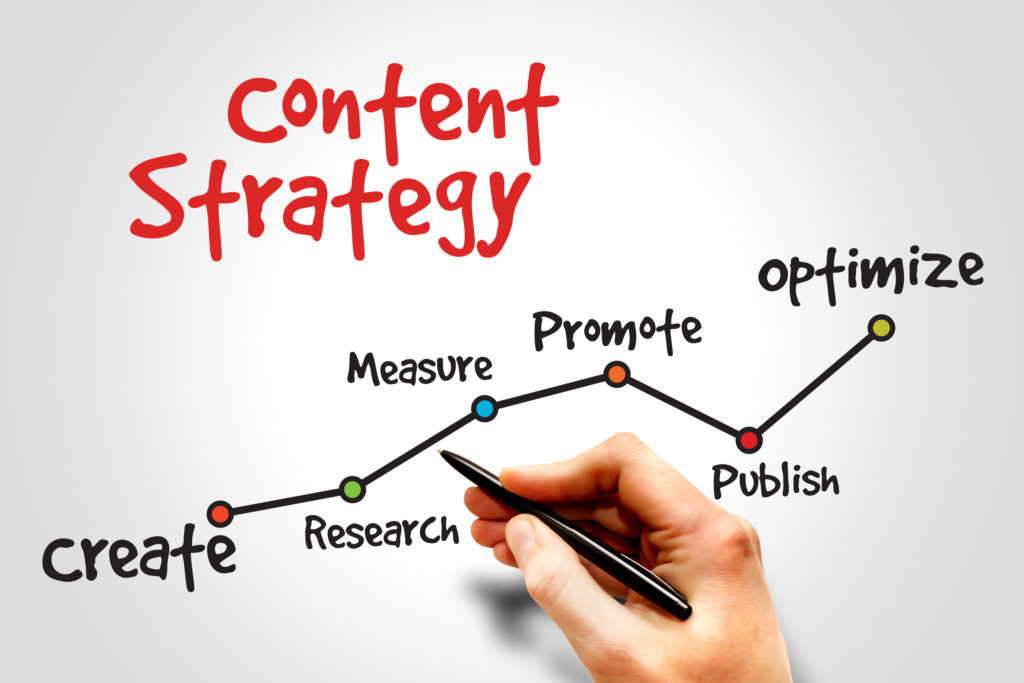Introduction:
Stakeholder management is a critical aspect of any successful business or project. It involves identifying, analyzing, and managing the individuals, groups, or organizations that can affect or are affected by your business’s operations and decisions. Effective stakeholder management can help build strong relationships, ensure smoother project execution, and enhance overall business success.
In this article, we’ll dive into the concept of office-oneplus.com, explore its importance, and outline best practices to engage stakeholders effectively.
1. What is Stakeholder Management?
Stakeholder management is the systematic identification, analysis, and management of stakeholders to ensure that their interests, needs, and expectations are addressed in a way that aligns with the organization’s objectives. A stakeholder could be anyone from customers and employees to suppliers, investors, regulatory bodies, or even the local community.
Why Stakeholder Management Matters:
- Building Relationships: Strong relationships with stakeholders foster trust and collaboration.
- Risk Mitigation: Addressing stakeholder concerns proactively can help minimize potential risks and conflicts.
- Improved Decision-Making: Understanding stakeholder needs and concerns helps businesses make more informed decisions.
- Enhanced Reputation: Proper stakeholder management enhances the reputation and credibility of the business.
2. Types of Stakeholders
Before diving into how to manage stakeholders, it’s important to understand who they are. Stakeholders can be classified into two main categories:
Internal Stakeholders:
These are individuals or groups directly involved in the organization’s operations. Their interests are often tied to the organization’s performance and success.
- Employees: Workers who contribute to the company’s day-to-day operations.
- Management: Leadership and departmental heads responsible for strategic direction.
- Shareholders/Investors: People who have invested in the company and are concerned with its profitability and growth.
External Stakeholders:
These individuals or groups are outside of the organization but are still impacted by its activities. Their concerns often revolve around the company’s operations and its impact on their interests.
- Customers: Individuals or organizations who purchase the company’s products or services.
- Suppliers: Providers of goods, services, or resources necessary for the organization to function.
- Regulatory Bodies: Government agencies or industry bodies that set regulations the company must follow.
- Community Groups: Local communities affected by the company’s operations.
- Media: Press and news outlets that can influence public perception.
3. The Importance of Stakeholder Management
Effectively managing stakeholders is crucial for achieving business success. Here are some key reasons why stakeholder management is so important:
1. Ensures Alignment with Business Goals:
When stakeholders’ expectations and needs are clearly understood and addressed, it becomes easier to align these with the organization’s objectives. This alignment can lead to smoother operations and fewer conflicts.
2. Helps Identify and Mitigate Risks:
Stakeholder concerns, if not addressed early, can lead to significant risks such as legal disputes, financial losses, or reputational damage. By proactively engaging stakeholders, businesses can identify potential issues before they escalate.
3. Facilitates Decision-Making:
Stakeholders often have valuable insights and perspectives. Involving them in the decision-making process can lead to better-informed strategies that take into account a wider range of concerns and opportunities.
4. Enhances Communication:
Effective stakeholder management ensures clear and consistent communication between the business and its stakeholders. This transparency helps build trust and can lead to more supportive relationships in the long term.
4. The Stakeholder Management Process
The stakeholder management process involves several key steps that businesses should follow to effectively engage and manage stakeholders.
Step 1: Identify Stakeholders
The first step in stakeholder management is to identify all potential stakeholders who may have an interest in or be impacted by the business or project. This list should be comprehensive and cover both internal and external stakeholders.
Tools for Identification:
- Stakeholder Mapping: Categorize stakeholders based on their influence and interest.
- Surveys and Interviews: Engage employees, customers, and other groups to uncover potential stakeholders.
Step 2: Analyze Stakeholders
Once stakeholders are identified, businesses need to analyze their needs, expectations, and the degree of influence they have on the organization. This helps prioritize which stakeholders require the most attention.
Key Elements to Analyze:
- Power/Influence: How much power or influence does the stakeholder have on the business?
- Interest: What are the stakeholder’s interests and how closely are they aligned with the business’s objectives?
- Concerns and Needs: What are the specific needs or concerns that the stakeholder has?
Tools for Analysis:
- Stakeholder Analysis Matrix: A matrix to assess the level of influence and interest each stakeholder has, helping to identify high-priority groups.
- SWOT Analysis: Helps assess the strengths, weaknesses, opportunities, and threats related to each stakeholder.
Step 3: Prioritize Stakeholders
Based on the analysis, stakeholders can be categorized into different groups to prioritize engagement efforts. This step ensures that you allocate the right resources and focus on the stakeholders who matter most.
Common Stakeholder Categories:
- High Power, High Interest: These stakeholders need to be closely managed and engaged with frequently.
- High Power, Low Interest: These stakeholders should be kept satisfied and informed, but not over-engaged.
- Low Power, High Interest: These stakeholders should be kept informed and their concerns addressed to avoid future issues.
- Low Power, Low Interest: These stakeholders require minimal effort but should still be monitored.
Step 4: Develop Engagement Strategies
Each group of stakeholders will require a different approach based on their level of influence, interest, and the nature of the relationship. Effective engagement strategies include communication plans, feedback mechanisms, and regular updates.
Types of Engagement Strategies:
- Communication Plans: Clear communication that outlines how and when you will engage with each stakeholder group.
- Feedback Loops: Regular check-ins and surveys to ensure stakeholders’ concerns are being heard and addressed.
- Consultation and Collaboration: For high-priority stakeholders, involve them in decision-making processes and ensure they have a voice in critical discussions.
Step 5: Monitor and Review
Stakeholder management is an ongoing process. Regular monitoring and reviewing of relationships ensure that engagement efforts are effective and that no stakeholder’s interests are being neglected.
Monitoring Tools:
- Stakeholder Feedback Surveys: Collect regular feedback from stakeholders on how well their concerns are being addressed.
- Performance Metrics: Track the success of engagement activities based on key metrics like satisfaction levels, risk reduction, and issue resolution.
5. Best Practices in Stakeholder Management
To ensure successful stakeholder management, consider these best practices:
1. Communication is Key:
Clear, consistent, and transparent communication is essential for managing stakeholders. Keep stakeholders informed of changes, progress, and any potential risks that may affect them.
2. Build Trust:
Trust is at the core of stakeholder relationships. Deliver on promises, be open to feedback, and be responsive to concerns to foster trust with key stakeholders.
3. Be Proactive, Not Reactive:
Anticipate potential stakeholder issues before they arise and take proactive steps to address them. This will help prevent problems from escalating and build stronger relationships in the long run.
4. Be Flexible:
Each stakeholder is unique, and their needs or concerns may change over time. Be flexible and willing to adapt your strategies based on evolving circumstances.
5. Regularly Evaluate Relationships:
Stakeholder needs and expectations change over time, so it’s important to regularly evaluate the effectiveness of your engagement efforts and adjust strategies as necessary.
6. Conclusion
Effective stakeholder management is essential for achieving long-term business success. By understanding who your stakeholders are, analyzing their needs, and developing strategies to engage them, you can build strong, lasting relationships that drive growth and reduce risks. Whether you’re managing a project, launching a new product, or growing your business, mastering stakeholder management will help you navigate challenges and capitalize on opportunities.







